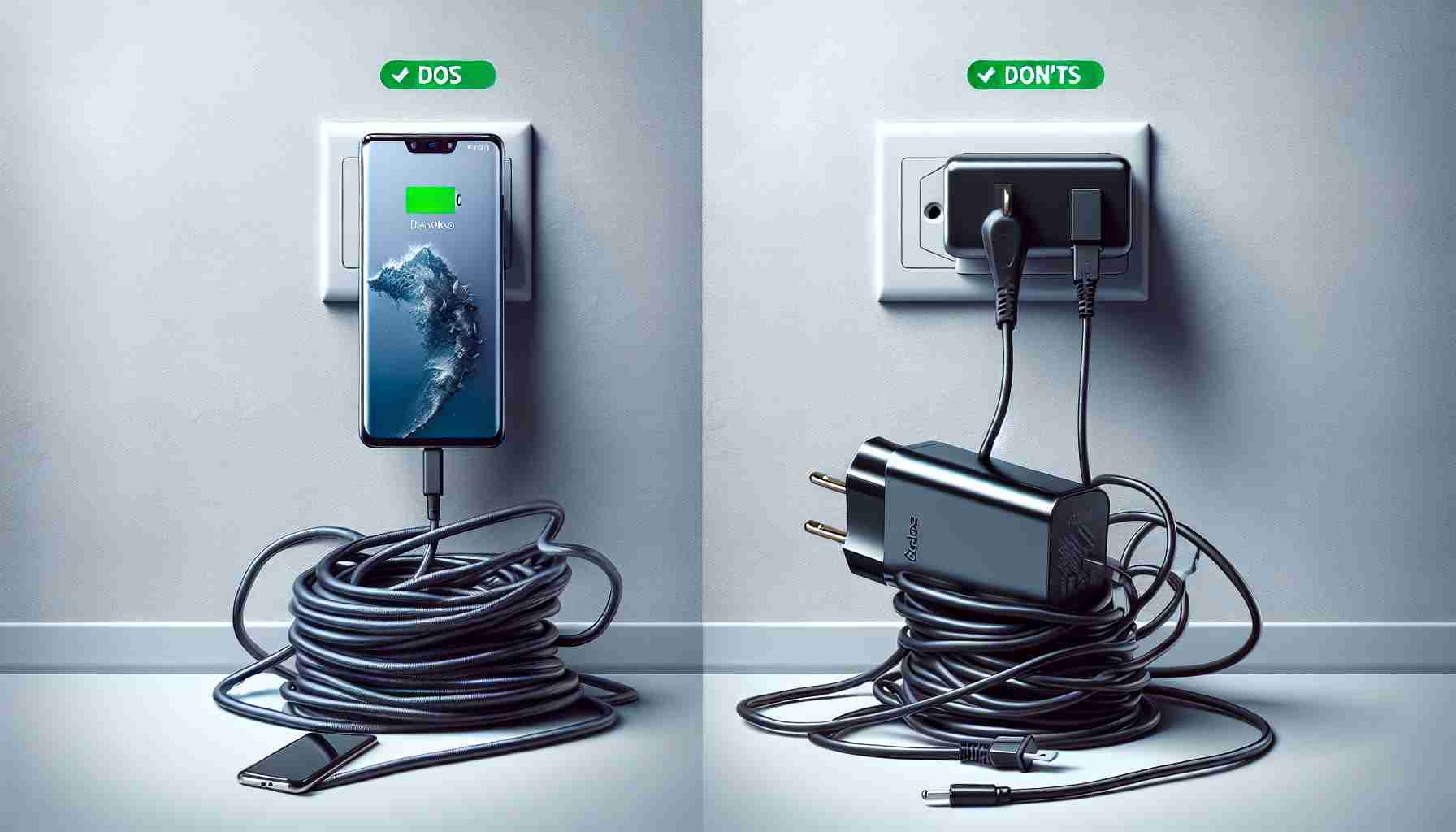Avoiding Common Charging Mistakes to Prolong Your Smartphone’s Battery Life
Charging a smartphone might seem like a simple task, but certain common practices can be detrimental to your device’s battery health. It’s not about mere convenience, but preserving your phone’s longevity and safety. Here are three charging habits to steer clear from.
Firstly, don’t drain your smartphone battery completely or juice it up to the full 100%. Optimally, you should aim to keep the battery level between 20% and 80%. Draining or overcharging beyond these limits causes excessive wear and overheating, which can severely shorten battery life. You’ll notice signs of battery degradation through extended charging times and diminished capacity.
Secondly, avoid placing your smartphone on soft, insulating surfaces like couches or beds while charging. Such surfaces can trap heat emitted by the device, leading to overheating. Even though it’s unlikely to cause a fire, overheating can damage the battery and reduce its operational lifespan.
Finally, never cover your smartphone with items such as a pillow or blanket during charging. This kind of thermal insulation can not only lead to overheating but also poses a potential fire hazard under extreme conditions.
Additional advice includes not charging your smartphone under direct sunlight. The added heat from the sun’s rays can compound with the heat generated during charging, increasing the risk of overheating and subsequently, potential battery damage.
The Dos and Don’ts of Smartphone Charging
When it comes to charging your smartphone, common wisdom might not always align with the best practices for battery longevity. Here are some additional dos and don’ts:
Do:
– Use the charger that came with your device or a certified third-party charger. Mismatched chargers and cables can lead to improper charging and may even damage your battery.
– Unplug your phone once it’s charged. This prevents potential overcharging, although modern smartphones typically cut off the current to avoid this.
– Charge your phone periodically throughout the day when convenient. Small, frequent charges can be better for lithium-ion batteries than one long charge.
Don’t:
– Expose your phone to extreme temperatures. High heat or cold can degrade battery performance and life.
– Use fast charging all the time. Frequently fast charging can wear down your battery quicker than standard charging. Use this feature sparingly.
– Ignore software updates. Developers often include battery-optimization enhancements in updates that can help improve charging efficiency and battery health.
Key Questions Answered:
– Is it bad to leave your phone plugged in overnight? It’s not ideal since most phones reach full charge relatively quickly, and maintaining a battery at 100% can strain it over time. However, most modern phones have protections against overcharging.
– Can the wrong charger damage your battery? Yes, using a charger that isn’t approved by the phone’s manufacturer or not certified can harm the battery, potentially leading to poor performance or even risks of overheating.
Key Challenges or Controversies:
A key challenge is striking the right balance between practicality and optimal charging habits, as users might find it inconvenient to charge only up to 80% or to not charge their phone overnight, when it’s most convenient for them.
Advantages and Disadvantages:
Proper charging can extend the battery’s lifespan and save money in the long term by delaying the need for a replacement. However, it may require more attention and possibly more frequent charging sessions, which some users may find inconvenient.
For more information on battery health and technology, you might find these main domains useful:
– battery technology from Apple
– Android’s battery tips
– IEEE for technical details on battery technology and standards
Remember to apply the information that best fits your own device and usage patterns for optimal battery health.
